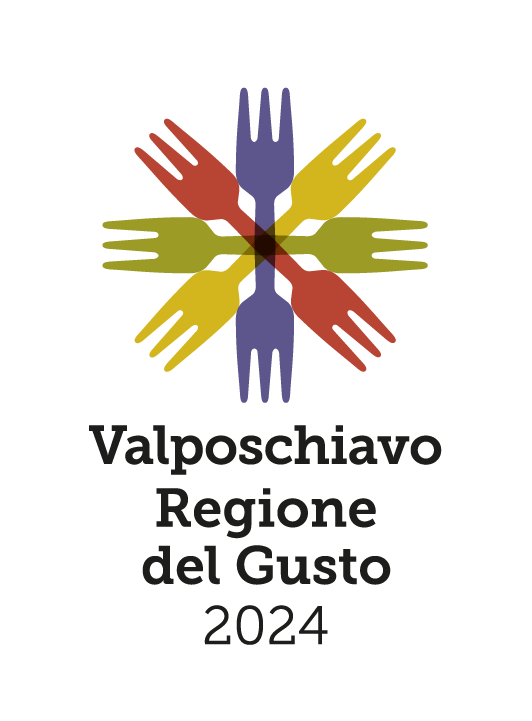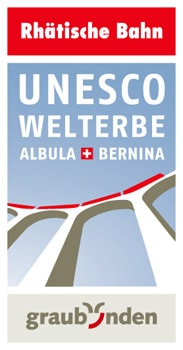A side valley of the Valtellina
The Valposchiavo is culturally and morphologically a side valley of the Valtellina in Italy. We speak the same language and eat the same foods as our Italian neighbors across the border. This makes it all the more curious that the Valposchiavo separated itself from the Bishopric of Como 1408 and joined the “League of God’s House“ union under the Bishopric of Chur.
Via Valtellina – The wine trail
The Valposchiavo played an important role in transalpine commerce from the 14th century on, and especially intensively during the occupation of the Valtelina by Graubünden 1512-1797. The Bernina Pass was one of the main routes to the north for the popular Valtelina wine, and today the Via Valtelina culture trail follows the traditional paths over which mule trains carried it.
Via Valtellina - Cultural Routes of Switzerland
For a description visit SwitzerlandMobility
© Foto Archivio fotografico Luigi Gisep /Società Storica Val Poschiavo
San Romerio chapel – a Swiss-Italian monument suspended between heaven and earth
The over 1000-year-old chapel, built on the Alp of the same name, sits high above Lake Poschiavo. It enjoys an unusual ecclesiastical status because, although it answers to the Swiss diocese of Chur in canonical matters, a 1517 papal decree gave the building itself to the Italian Municipality of Tirano.
Cavaione – the newest Swiss village
When Graubünden renounced its domination of the Valtelina in 1797, the tiny hamlet Cavaione high above Brusio fell through the political cracks and entered a golden age. Forgotten by both Italy and Switzerland, the inhabitants neither did military service, nor did they pay taxes. They avoided both by claiming either Italian or Swiss citizenship as the occasion demanded. This ideal situation ended in 1874 when the 103 inhabitants were forcibly inducted as Swiss citizens by Graubünden’s parliament.
Following the smugglers’ route
Up until the 1970s, smuggling goods to Italy was among Valposchiavo’s chief industries. The hamlet of Viano above Brusio was one of the main centres for smuggling coffee and cigarettes. From there ancient smugglers’ routes crossed the open border to Roncaiola and Baruffini in the Valtelina. You can still follow these trails today.
Link to the hiking trail "Smugglers’ path"
© Foto Archivio fotografico Luigi Gisep /Società Storica Val Poschiavo
Cross-border viticultural designation
Importing Valtelina wines to Switzerland has always been subject to special rules. Valposchiavo vintners who own Valtelina vineyards within ten kilometers of the border may import up to 1000 hectolitres (c. 22'000 imp. or 26'400 US gal.) each year, independently of, and in addition to all official limitations. Moreover, certain wines may be bottled and aged in Valposchiavo without losing their designation of origin (DOCG) label as “Valtelina Superiore“. The “DOCG Valtelina Superiore“ label is thus the only transnational viticultural designation.
© Foto Ivan Previsdomini - La Perla di Marco Triacca - www.vini-laperla.com
Grigione Italiano (Italian Graubünden)
Valposchiavo, the Valle Mesolcina, the Val Calanca and the Val Bregalia Valleys, together with the village of Bivio on the Julier Pass road (the only Italian-speaking settlement north of the Alps), form the “Grigione Italiano“, the Italian-speaking region of the officially trilingual canton (state). Separated from the rest of the canton by the Alpine crest line, they are also segregated from one another with the exception of the Mesolcina and Calanca.




